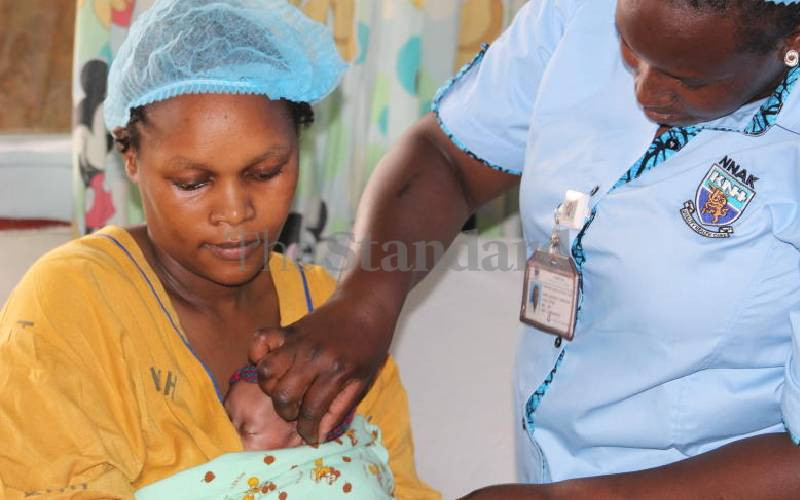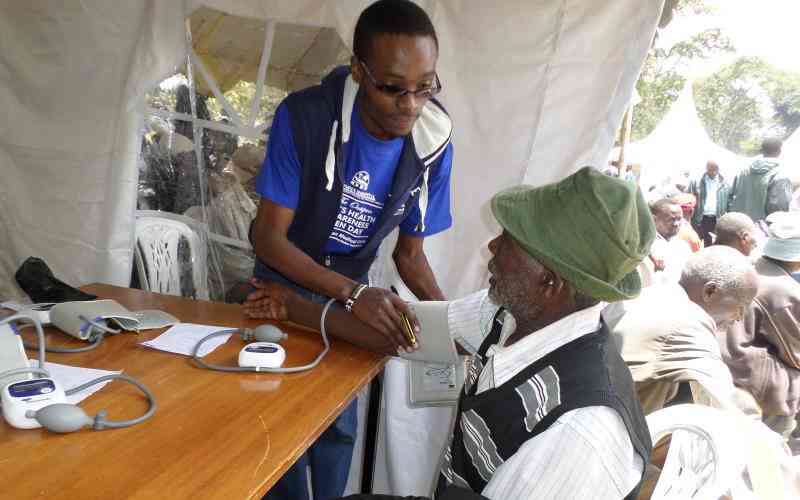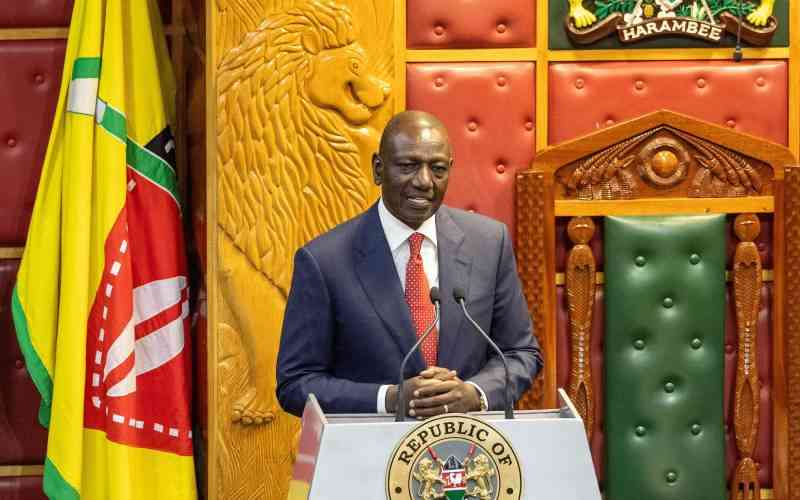
We are at Apollo Navi Mumbai, India, watching a surgical robot in action and it is like a glimpse into a futuristic world.
Dr Agnivesh Tikoo, a spine surgeon, is demonstrating the latest developments in the world of medicine, and it is evident that it will not be long before robots start performing surgery.
But for now, the robots still need someone to be physically present in the theatre to key in instructions, and as Dr Tikoo demonstrates, we are fascinated by what we are witnessing. He fires up a computer attached to the robot and once it comes on, the robot comes alive, and begins orienting itself to check that it is functioning properly.
Normally, the word robot evokes a sci-fi depiction of a human-like mechanical being, but the robot we are looking at is a small, flexible tube with thin arms inside.
The surgical robots are used to perform minimally invasive surgery. They are significantly accurate and far safer. In an operation where the surgeon has to put screws in the spine for example, it comes in handy.
“You put screws in the spine and they take care of fractures. They hold bones back in their anatomical place until fusion is achieved, which is the final stage of healing. When the bone heals you can remove the screws,” Tikoo says.
The spine is incredibly delicate, and one wrong move means you can strike the wrong nerve and paralyse the patient for life. This is why a robot with greater accuracy comes in handy, along with a digital navigation of the body.
“The robot has very thin arms inside, which it uses to put the screws into the spine. You get an accurate trajectory of where you can put the screws into the spine, and also implants them in the exact way you had planned beforehand. It is not random, you have to plan it,” Tikoo says. The 3D planning software maps out the procedure, while the robotics system guides the surgeon’s tools with 1.5mm accuracy
“The navigator is like the GPS or Google Maps of the body, which helps you navigate during the spine surgery. When you are operating, you check again and again in the image intensifier if the step you are operating is correct. It checks that the screws are going in the direction you want them to go, whether you are at the right level. If you are doing a difficult screw, you are millimeters away from the nerves, so you do not want to be hitting them,” he says.
Without the robotics and navigation, doctors usually have to rely on X-rays. “Usually in small keyhole surgeries, you do not know what you are dong inside. You have to keep on taking X-ray shoots again and again to see how you are going. Navigation helps you avoid having to take numerous x-rays. That way, radiation exposure, which is not good for the patient and not good for the doctor, is significantly reduced, and it is safer for everyone.”
The robotics and navigation is also helpful because if the doctor is removing a bone tumour from the spine, they can identify the precise location. The operation is highly localised, and it helps them put the screws safely and with less X-ray exposures.
 The Standard Group Plc is a multi-media organization with investments in media platforms spanning newspaper print
operations, television, radio broadcasting, digital and online services. The Standard Group is recognized as a
leading multi-media house in Kenya with a key influence in matters of national and international interest.
The Standard Group Plc is a multi-media organization with investments in media platforms spanning newspaper print
operations, television, radio broadcasting, digital and online services. The Standard Group is recognized as a
leading multi-media house in Kenya with a key influence in matters of national and international interest.











